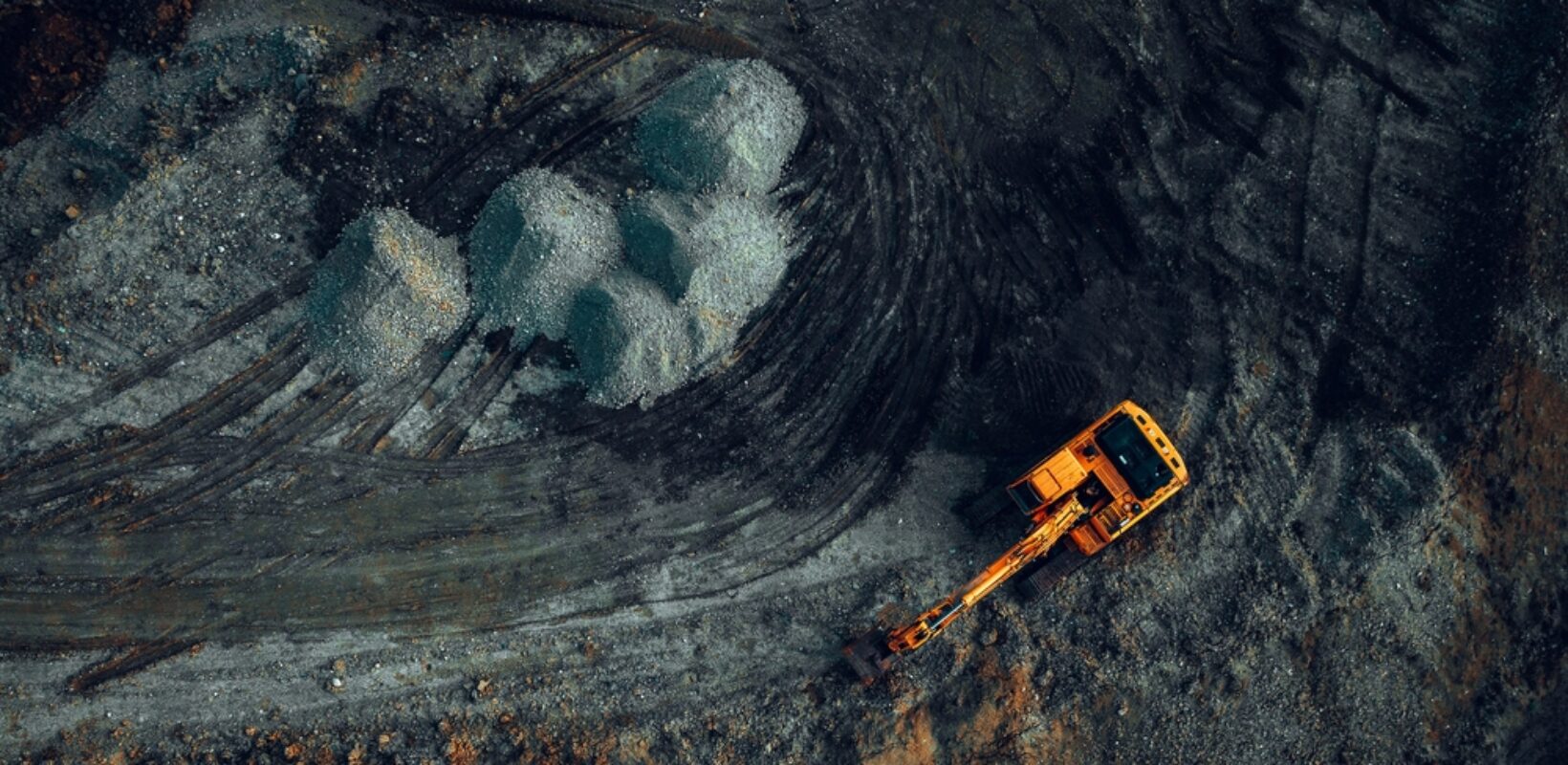
Beyond the badge: Evaluating the rationale behind mining certifications
SUMMARY: Mining certifications like Copper Mark and IRMA aim to improve environmental and social practices in the industry. While they offer competitive advantages and attract ESG-focused investors, they also pose challenges, especially for smaller companies. Effective implementation and critical engagement are key to ensuring these certifications drive genuine improvements rather than serving as mere window dressing.
Written by Fiona Hutmacher
Mining has historically struggled with its environmental and social reputation. Over the last decade, numerous responsible mining standards have emerged to address these concerns, including Copper Mark, IRMA, Responsible Gold Mining Principles and TSM. But do these certification schemes truly deliver meaningful change or merely serve as expensive window dressing for business as usual?
This insight serves as an introduction to mining certifications, exploring both the benefits and limitations of mining certifications across the entire stakeholder ecosystem:-
- Mining companies seeking a competitive advantage
- Buyers demanding ethical sourcing
- Investors evaluating ESG risks
- Local communities living with mining operations.
The value proposition for…
…Mining Companies
Certifications allow miners to demonstrate responsible practices and develop competitive advantages to increasingly ESG-conscious markets. Many certification frameworks are specifically designed to create a culture of continuous improvement, beginning with self-assessment processes that provide companies valuable insights for developing better practices. Certifications can also deliver value beyond market access. They can unlock new capital flows by connecting miners with investors focused on financing sustainability transitions, creating opportunities to secure project funding that might otherwise be unavailable due to ESG concerns.
However, challenges remain. The multiplicity of certification frameworks creates navigation difficulties for producers and downstream companies alike, with mid-tier producers often facing various pressures and struggling to identify which certifications best align with their operations and market expectations. Additionally, preparation for certification audits can demand substantial resources – both in staff time and direct costs – leading many smaller and mid-sized companies to view these standards as designed primarily for mining giants with deeper pockets and highly specialised sustainability teams.
Example: Glencore’s Kamoto Copper Company and MUMI receive The Copper Mark
In their Copper Mark announcement, Glencore stated that participating in Copper Mark has allowed them to better understand and address their social and environmental processes, and that the certification is important for demonstrating these practices to customers.
…Investors
Investors typically operate at arm’s length from operational mining realities, making third-party certification schemes valuable as objective benchmarks. Certifications can support investors in their risk assessments, due diligence processes and as a comparative analysis tool. However, what is outlined above for downstream buyers is equally valid for investors: certifications should be one component within a broader due diligence framework and not used as a standalone proxy for responsibility. Investors can also use certification frameworks as a starting point for deeper engagement with portfolio companies on continuous improvement.
Opening Doors to New Capital
One of the most significant benefits of responsible mining certifications in the investment world is their potential to attract previously reluctant investors. For impact or other ESG-conscious investors who have historically avoided the extractive sectors, certifications can create an entry point by establishing clear parameters of what constitutes responsible mining and offer defensible investment options within traditionally challenging sectors.
Example: Stewart Investors becomes first investment manager to join the Initiative for Responsible Mining Assurance
Stewart Investors, a global investment management firm, has joined IRMA to leverage IRMA’s expertise in engagement with companies

…Downstream buyers
Many certification schemes are gaining momentum because downstream buyers want to satisfy their responsible sourcing commitments. Certifications give buyers reassurance that specific criteria were met – notice the deliberate use of the past tense, (third-party audits and certifications represent a moment-in-time assessment rather than an ongoing guarantee). Therefore, buyers should never rely blindly on certifications alone but engage with them in critical ways and identify areas where conditions might have changed or were not covered by the audit scope. As such, certifications should complement rather than replace robust due diligence practices.
A risk with certification frameworks is the potential shift of accountability burdens upstream. Downstream buyers may impose certification demands while simultaneously distancing themselves from shared responsibility for implementation costs or outcomes. This creates an imbalanced dynamic where mining operations bear the financial and operational burden of certification, while buyers enjoy reputational benefits without meaningful investment in the sustainability transition they supposedly support.
Certification schemes should not replace true supply chain partnership, which might include sharing certification costs, providing technical assistance or collaborating on implementation strategies – creating value for both parties rather than simply shifting responsibility upstream.
Example: Apple Smelter and Refiner List 2023
Many certification schemes are gaining momentum because downstream buyers want to satisfy their responsible sourcing commitments. Apple, for example, requires its identified Tin, Tantalum, Tungsten, Gold (3TG), Cobalt, and Lithium smelters and refiners to complete a third-party audit.
…Communities and local workforce
The fundamental purpose of most mining certifications is to identify, mitigate and eradicate negative ESG impacts on people and the planet. To fulfil that purpose, they must drive improved conditions for communities near and workers at mining operations.
This places tremendous importance on the quality of the audit process. Effective auditors must meaningfully engage with workers, local communities and incorporate civil society perspectives on operational performance. Without these critical voices, certification schemes risk devolving into performative exercises that create perception gaps where a mine is celebrated internationally for its certification, whilst being viewed as harmful by those directly experiencing its impacts. Such disconnects could amplify tensions between local populations and international mining companies, marginalising communities while companies benefit from reputational enhancements.
Example: responsiblemining.net/wp-content/uploads/2023/11/Listening-to-Communities.pdf
IRMA, with support from Mercedes-Benz Group AG, has published a report on engagement approaches with mining communities.
Conclusion
Mining certification schemes present two contrasting potential futures. In one scenario, they serve as powerful catalysts for industry transformation, driving meaningful improvements in practices while channelling increased capital toward truly responsible operations. Alternatively, they risk becoming expensive window dressing that diverts resources from tangible impacts while providing false assurance to stakeholders.
The ultimate value of certification frameworks will depend on practical implementation factors: the rigour and expertise of auditors conducting assessments, stakeholders’ willingness to engage critically rather than superficially, and collective recognition of certification limitations. For certifications to deliver genuine value, all participants must approach these systems not as final destinations but as structured pathways toward continuous improvement in mining’s ESG performance.

